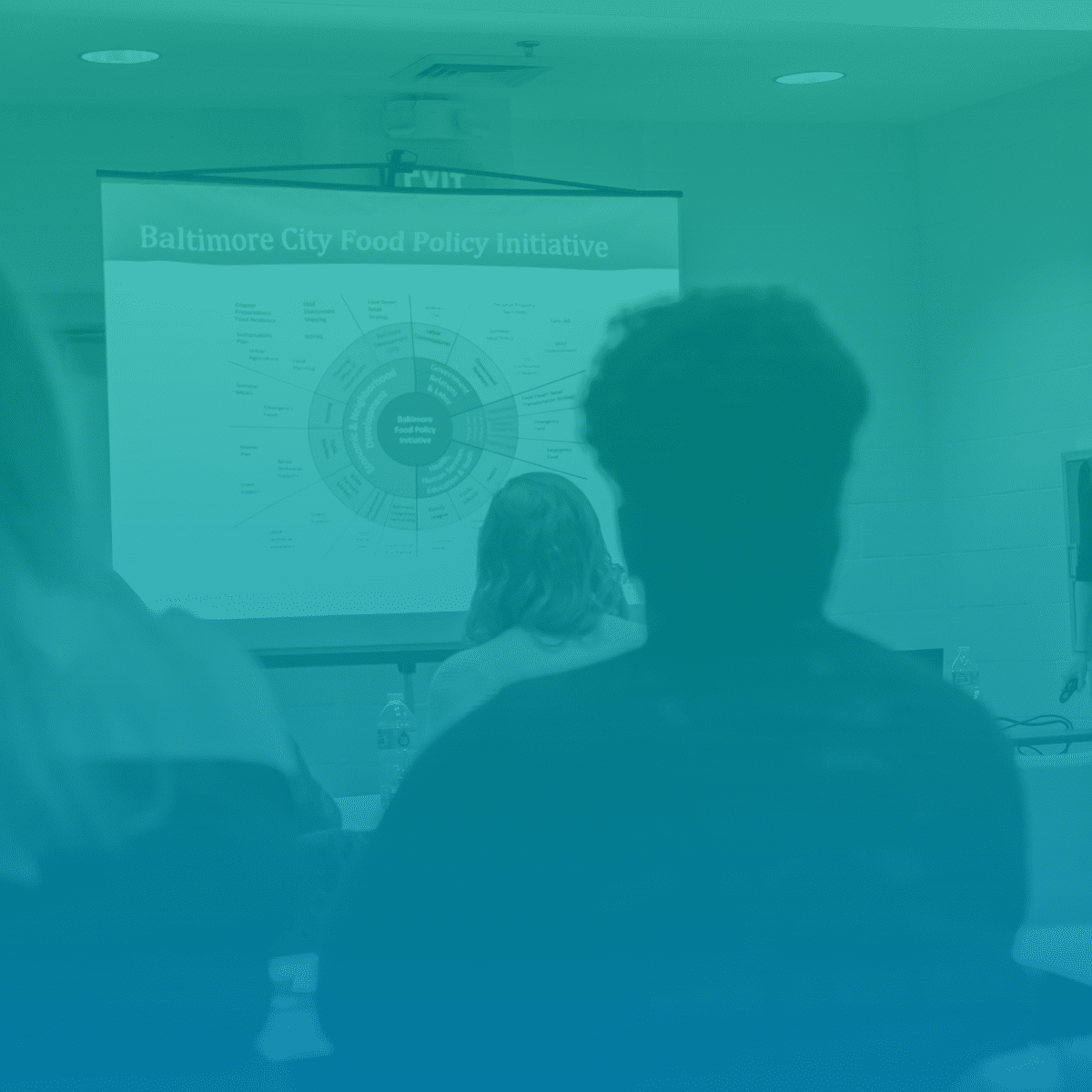10 Essential Public Health Services
3. COMMUNICATION
Communicate effectively to inform and educate people about health, factors that influence it, and how to improve it
Public Health plays an essential role in communicating health information, which takes many forms depending on audience and aims. Audience is who is being communicated to, like people at increased risk of an exposure or health outcome. Aims are what is being communicated and for what purpose, like a media campaign to promote vaccination to high-risk groups. Communication facilitates information sharing, supports health behavior change, enables coordination, and fosters partnership and community engagement.

Equity & Systems
Public Health can center equity and systems in communications by:
- Fostering a sense of transparency, authority, and trust
- Emphasizing the connection between health outcomes and vital community conditions
- Developing accessible, culturally and linguistically appropriate, and tailored communications
- Using inclusive and destigmatizing language
Public Health in Action
Public health communication has a critical role in growing awareness about health outcomes and risk factors that add up to action and impact. For example, a massive, coordinated, multi-faceted communication campaign for tobacco control has helped to move the needle on tobacco use. Now, fifty years after the U.S. government acknowledged the risks of tobacco, smoking has been banned in many public spaces and use has dropped by more than half.
Priorities
Build trust through ongoing, transparent, and effective communication and countering misinformation
Explore traditional and emerging communication channels for health communications
Communicate to diverse audiences
Reflection Questions
- What role does communication play in improving health, well-being, and equity?
- How can Public Health advance equity through communication activities?
